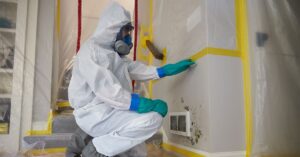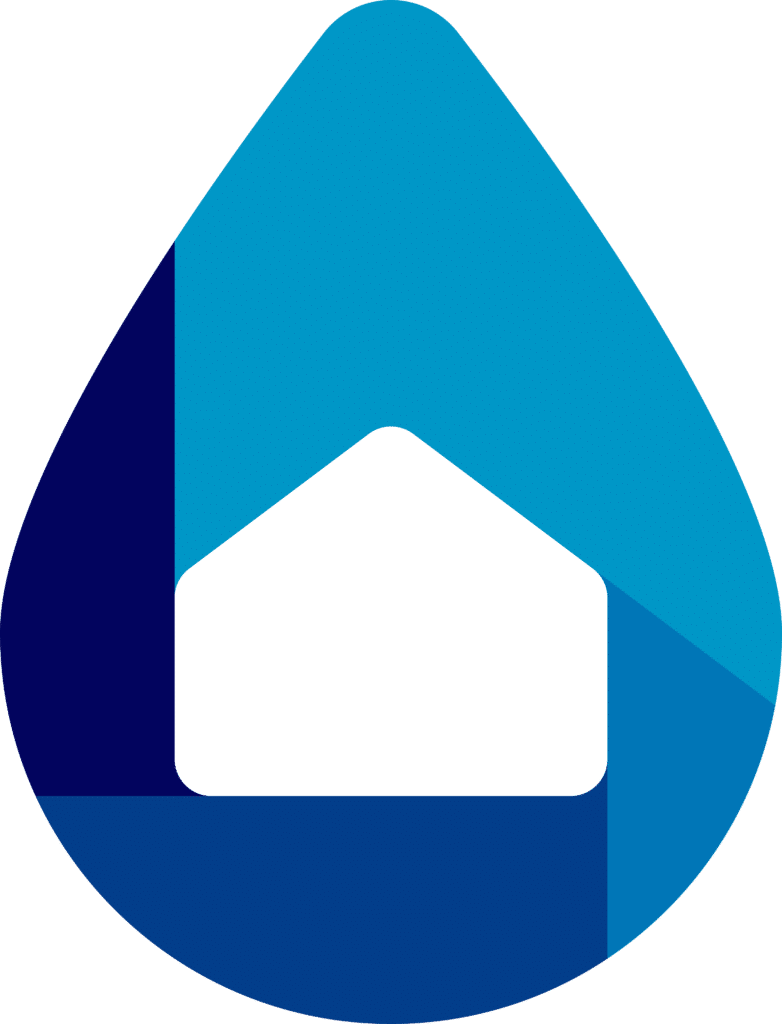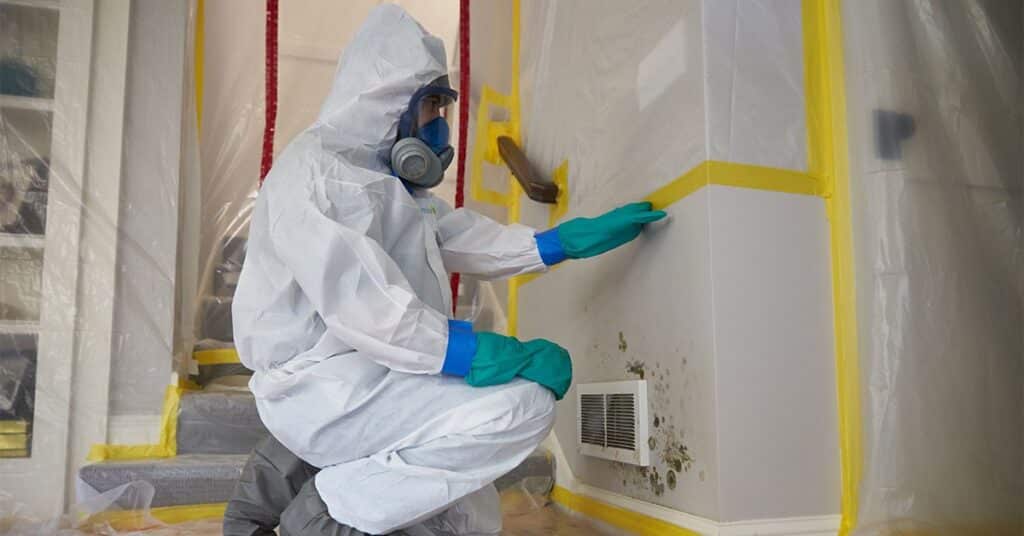mold remediation :
Mold remediation is the process of identifying, removing, and preventing mold growth in a building or on other surfaces. If mold is present in a home or other building, it is important to address the issue as soon as possible to prevent potential health issues and further damage to the property. To remediate mold, it is first necessary to identify the source of the mold and determine the extent of the contamination. The contaminated area should then be isolated to prevent the spread of the mold, and any affected materials should be removed and properly disposed of. Once the mold has been removed, it is important to take steps to prevent future mold growth, such as addressing any moisture issues and improving ventilation.

Here are some general steps to follow for mold remediation:
- Identify the source of the mold: Determine the cause of the mold growth, such as a leak or high humidity, and take steps to fix the issue.
- Isolate the contaminated area: Use physical barriers, such as plastic sheeting, to prevent the spread of the mold to unaffected areas.
- Remove affected materials: Carefully remove and properly dispose of any materials that are contaminated with mold, such as drywall or insulation.
- Clean and disinfect the area: Use a solution of water and a disinfectant to thoroughly clean the area and kill any remaining mold spores.
- Dry the area: Use fans and dehumidifiers to thoroughly dry the area and prevent future mold growth.
- Repair or replace damaged materials: Once the area is clean and dry, repair or replace any damaged materials as needed.
- Take steps to prevent future mold growth: Address the source of the moisture issue and improve ventilation in the affected area to prevent future mold growth.
It is important to note that mold remediation can be a complex and time-consuming process, and it is often best to hire a professional to handle the job. A professional mold remediation company will have the necessary training and equipment to properly assess the extent of the contamination and safely remove the mold.
There are a few ways to obtain a mold report:
- Hire a professional mold inspector: A professional mold inspector can assess the property for mold and provide a written report detailing the findings. The inspector will typically use specialized equipment, such as moisture meters and air quality testing devices, to detect and identify any mold present.
- Conduct your own mold inspection: You can also try to identify mold yourself by looking for visible signs of mold growth and checking for musty odors. You can also use a moisture meter to check for high humidity levels, which can indicate the presence of mold. Keep in mind that it can be difficult to detect mold without the proper equipment and training, so it is often best to hire a professional.
- Request a mold report from the previous owner: If you are buying a property, you can ask the previous owner or their agent to provide a mold report. This report may have been conducted as part of the home inspection process when the property was originally sold.
It is important to note that a mold report is not a substitute for a professional mold assessment and remediation. If you suspect that your property has a mold issue, it is best to hire a professional to assess the situation and recommend a course of action.
If you suspect that your home or other property has a mold issue, it is important to address the issue as soon as possible to prevent potential health problems and further damage to the property. Here are some steps to take if you find mold:
- Identify the source of the mold: Determine the cause of the mold growth, such as a leak or high humidity, and take steps to fix the issue.
- Isolate the contaminated area: Use physical barriers, such as plastic sheeting, to prevent the spread of the mold to unaffected areas.
- Remove affected materials: Carefully remove and properly dispose of any materials that are contaminated with mold, such as drywall or insulation.
- Clean and disinfect the area: Use a solution of water and a disinfectant to thoroughly clean the area and kill any remaining mold spores.
- Dry the area: Use fans and dehumidifiers to thoroughly dry the area and prevent future mold growth.
- Repair or replace damaged materials: Once the area is clean and dry, repair or replace any damaged materials as needed.
- Take steps to prevent future mold growth: Address the source of the moisture issue and improve ventilation in the affected area to prevent future mold growth.
It is important to note that mold remediation can be a complex and time-consuming process, and it is often best to hire a professional to handle the job. A professional mold remediation company will have the necessary training and equipment to properly assess the extent of the contamination and safely remove the mold.
It is generally the responsibility of the seller to disclose any known defects with a property to the buyer before the sale. If the seller knew about the mold issue and did not disclose it, you may be able to seek compensation from the seller. However, it is important to note that every situation is different, and the specifics of your case will depend on the laws of your state and the details of your contract.
If you suspect that you have purchased a property with mold and the seller did not disclose the issue, it is important to document the problem and seek legal advice as soon as possible. A real estate attorney can review your contract and advise you on your options for seeking compensation.
In general, it is a good idea to have a home inspected by a professional before purchasing it, as this can help identify any potential issues, including mold, that may not be immediately apparent. A home inspector can provide a written report detailing the condition of the property, including any visible signs of mold.

